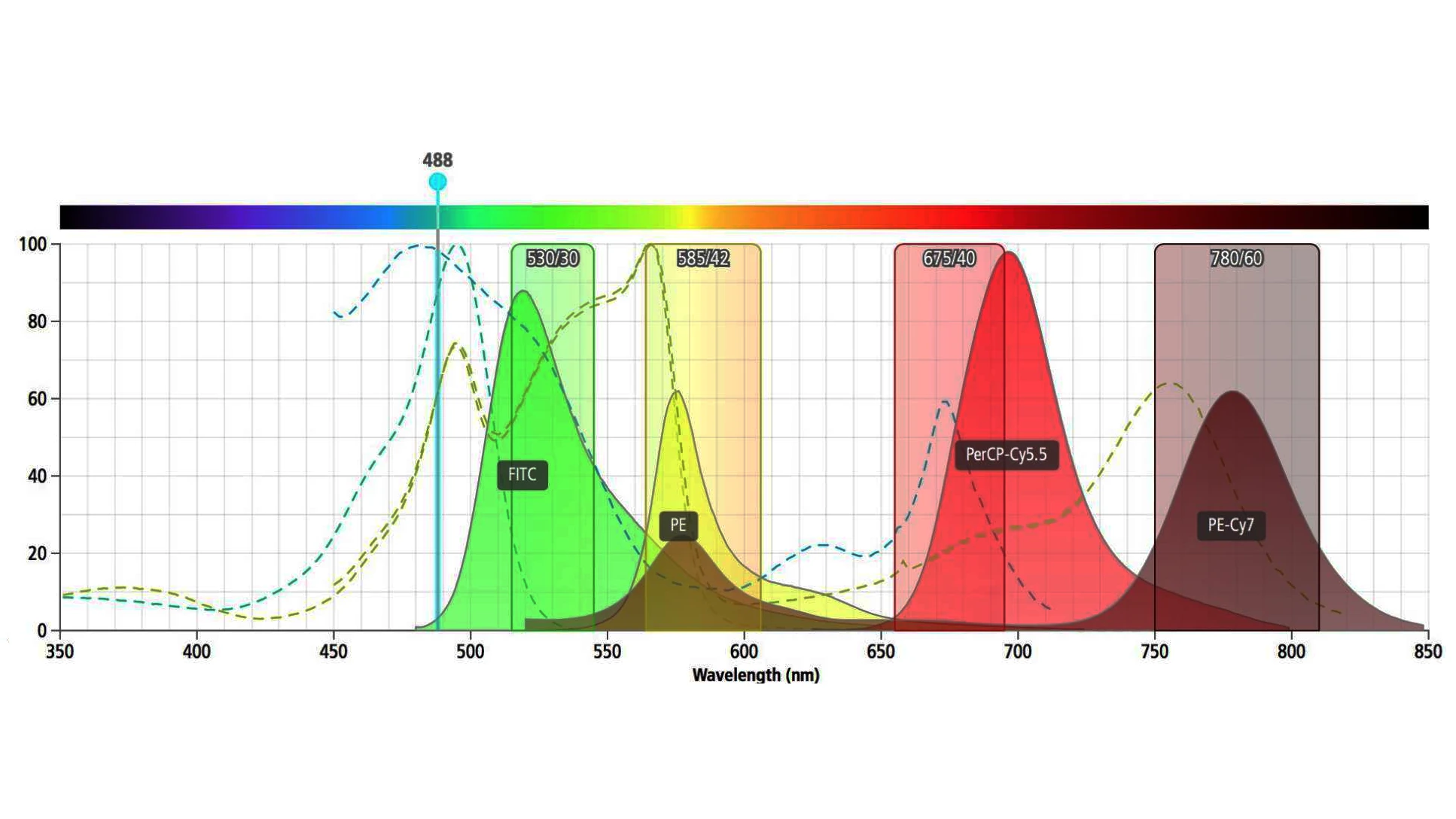
The Default Choice For Spectroscopy, Chromatography and Electrophoresis
PeakLab Automatically Places Peaks in Three Ways
PeakLab uses three procedures to automatically place hidden peaks; while each is a strong solution, one method may work better with some data sets than others.
The Residuals procedure initially places peaks by finding local maxima in a smoothed data stream. Hidden peaks are then optionally added where peaks in the residuals occur.
The Second Derivative procedure searches for local minima within a smoothed second derivative data stream. These local minima often reveal hidden peaks.
The Deconvolution procedure uses a Gaussian response function with a Fourier deconvolution / filtering algorithm. A successfully deconvolved spectrum will consist of “sharpened” peaks of equivalent area. The goal is to enhance the hidden peaks so that each represents a local maximum.
If PeakLab’s auto-placement features fail on extremely complicated or noisy data, you can place and fit peaks graphically with only a few mouse clicks. Each placed function has “anchors” that adjust even the most highly complex functions, automatically changing that function’s specific numeric parameters. PeakLab’s graphical placement options handle even the most complex peaks as smoothly as Gaussians.
PeakLab Offers Sophisticated Data Manipulation
With PeakLab’s visual FFT filter, you can inspect your data stream in the Fourier domain and zero higher frequency points — and see your results immediately in the time-domain. This smoothing technique allows for superb noise reduction while maintaining the integrity of the original data stream.
PeakLab also includes an automated FFT method as well as Gaussian convolution, the Savitzky-Golay method and the Loess algorithm for smoothing. AI Experts throughout the smoothing options and other parts of the program automatically help you to set many adjustments. And, PeakLab even has a digital data enhancer, which helps to analyze your sparse data. Only PeakLab offers so many different methods of data manipulation.
PeakLab’s non-parametric baseline fitting routine easily removes the complex background of a DNA electrophoresis sample. PeakLab can also subtract eight other built-in baseline equations or it can subtract any baseline you’ve developed and stored in a file.
Publication-Quality Graphs and Data Output
Every publication-quality graph (see above) was created using PeakLab’s built-in graphic engine — which now includes print preview and extensive file and clipboard export options. The numerical output is customizable so that you see only the content you want.
PeakLab Saves You Precious Research Time
For most data sets, PeakLab does all the work for you. What once took hours now takes minutes – with only a few clicks of the mouse! It’s so easy that novices can learn how to use PeakLab in no time. And if you have extremely complex or noisy data sets, the sophistication and depth of PeakLab’s data manipulation techniques is unequaled.
